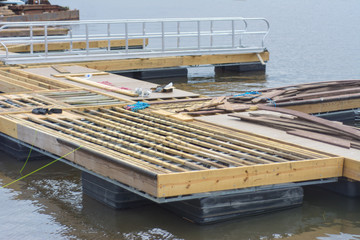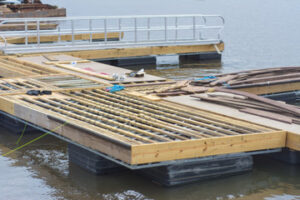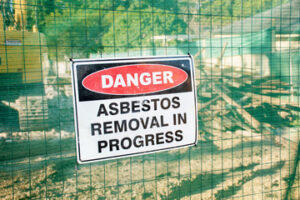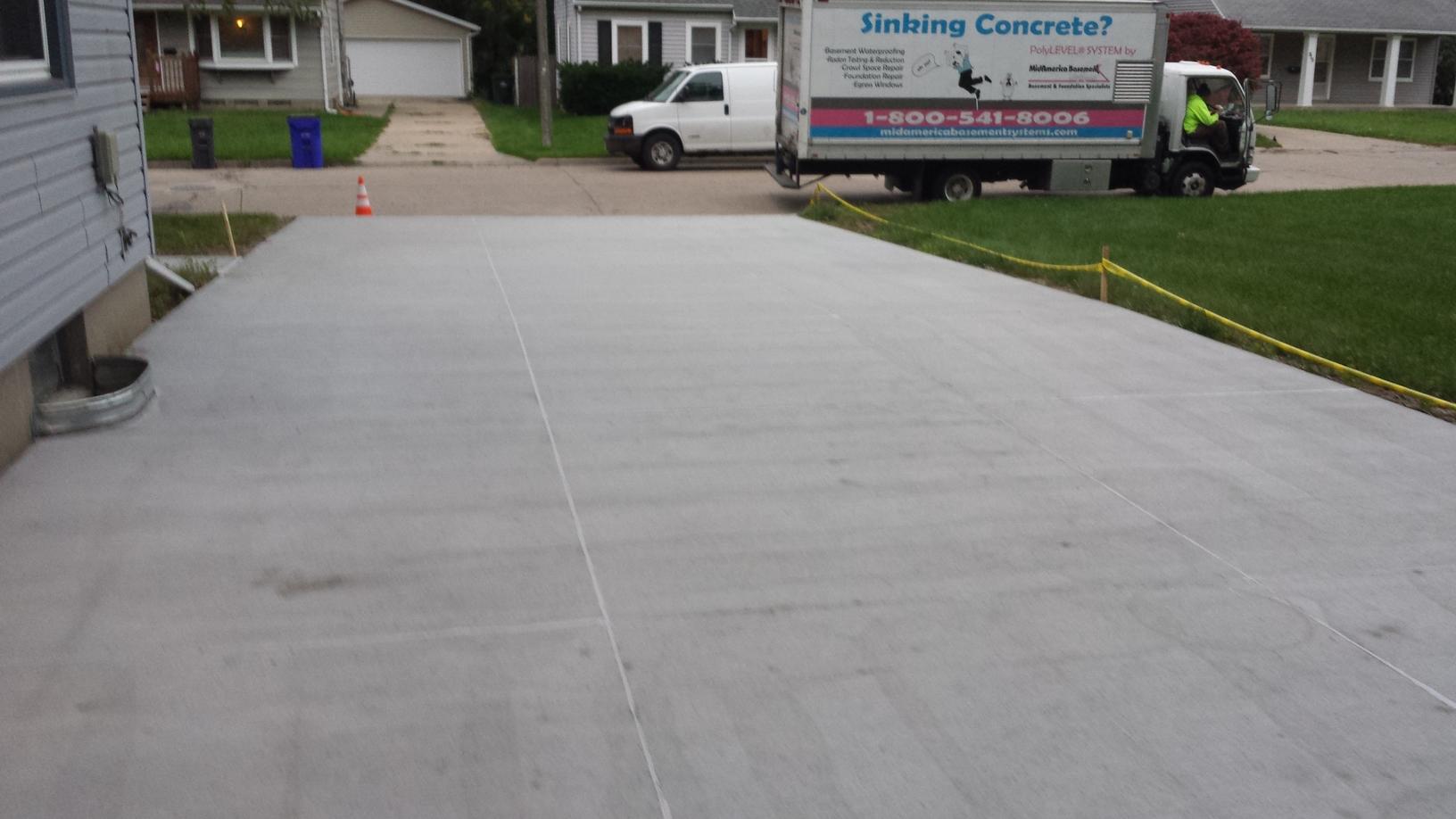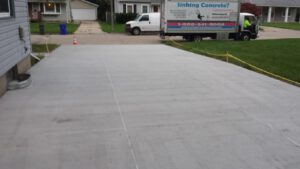Armadale Rubbish Removal is the process of collecting and disposing of waste materials. It is a crucial aspect of maintaining clean living or working spaces.
Home garbage collection is typically offered by city officials at no cost or for a nominal fee. It is also often collected on specific days.

A rubbish removal service is a great way to get rid of junk that’s cluttering up your home. These professionals will take care of the entire process, from picking up the trash to throwing it away. They’ll also know how to dispose of hazardous items, such as electronic waste and batteries.
Using a rubbish removal service will save you time and money. It will be easier to organize your home, and you won’t have to worry about putting it off anymore. It is also more environmentally friendly than dumping garbage in a landfill. Many cities have a rubbish removal service that collects your garbage and recycles the materials. The cost of this service is usually very reasonable.
Junk removal services are similar to standard trash collection, but they remove bulky items that are too large for your regular bins. They can also pick up chemicals and hazardous materials that are too dangerous to put in your trash. They can even limit your trash pickups to every other week or monthly, which may help you cut down on your costs.
The costs of rubbish disposal vary by type and size of waste. Different types of waste have different processing needs and disposal rates. For example, construction waste is a lot more expensive to process than household junk. It is therefore important to understand the cost of rubbish removal before hiring a company.
A good rubbish removal company will provide you with various sizes of dumpsters to use at your home or office. Then, they will haul the junk to their facility for recycling and disposal. They’ll give you a detailed invoice for the cost of your rubbish, including any charges for unused space in the dumpster.
Getting rid of your rubbish is crucial for keeping your house clean and organized. A messy home can be very stressful and cluttered, making you feel suffocated. It can also be difficult to clean the whole house when there is a lot of stuff to move around. In addition to removing the waste from your home, a rubbish removal service can help you with other tasks such as painting and decorating.
A waste disposal system is an important part of any city’s infrastructure. It can help to reduce the environmental impact of businesses, and it also helps to save money in the long run. But it is important to keep in mind that rubbish removal has many effects on the environment and needs to be done properly. The most obvious is pollution, which can damage the environment and cause health issues for humans. Other problems associated with rubbish removal include the destruction of habitats and the creation of landfills.
In addition to air pollution, waste can also cause water and soil pollution. Hazardous chemicals and toxins from rubbish can leach into the ground and water, contaminating the surrounding area. This can create problems for people who live in these areas, as it can affect their drinking water and the quality of the land.
One of the biggest effects that rubbish has on the environment is climate change. In the past, it was common practice to dump rubbish in open spaces or burn it, which caused a lot of pollution. These days, however, more attention is being paid to rubbish removal and recycling.
While recycling is a great way to reduce the amount of rubbish you produce, it’s also important to try to minimize your waste production as much as possible. This means that you should only buy what you need and reuse items you’ve already used.
In some cases, you can even donate old goods to charity. This is a great way to recycle your junk and at the same time help people in need.
Sadly, there’s a lot of rubbish in our world. In fact, according to the World Counts, more than 500 million tons of trash are dumped every day. This is a huge problem because it can kill wildlife and destroy ecosystems. Animals can die from eating garbage, ingesting hazardous materials or getting into their homes and living spaces.
Another reason why rubbish is a big problem is because it takes a while for it to decompose. Paper, for example, will take 2 1/2 months to break down. Orange peels, on the other hand, will take six months. It’s important to think about the impact of rubbish before throwing it away because it will leave a lasting impression on our planet.
Rubbish removal is a process that involves the collection, transport, and disposal of waste. This includes both residential and commercial waste. This waste can be in the form of solid, liquid, or gaseous materials. Waste can also include hazardous materials that need to be disposed of safely. Some of this waste may be recycled and turned into new products. This is a good way to keep the environment clean and safe.
Improper rubbish disposal can result in adverse health outcomes, including water and soil pollution. It can also harm people who work in the waste industry and the community. This is especially true for children, who are at greater risk of diseases caused by dirty environments. In addition, unhygienic environments can cause diseases such as pneumonia and asthma.
Poor rubbish management can also harm the environment, as toxic chemicals can leach into groundwater and oceans. These chemicals can contaminate drinking water and marine life, affecting human health and biodiversity. The environmental impact of rubbish can be devastating, especially in developing countries where there is a lack of effective waste management systems.
Piles of rubbish can harbor bacteria, viruses, parasites, and pests that spread diseases in the surrounding communities. Solid waste can also block water drains, which can lead to flooding and cholera. This is particularly dangerous for urban and peri-urban communities.
Waste collection workers are at high risk of exposure to toxins and infectious materials in garbage dumps and open burning areas. They can suffer skin and blood infections through direct contact with waste, lung diseases from inhaling air contaminated by hazardous chemicals, and intestinal infections from flies that feed on overflowing garbage.
There are several ways to avoid these risks. For example, you can reduce your waste by recycling and giving away items that you no longer need. You can also use food scraps to make compost in your backyard. This will help you save money and time. Moreover, it is important to follow local regulations when disposing of waste.
When rubbish is not properly disposed of, it can cause vital environmental and human health-related damages. This is why it is important to use rubbish removal services that offer environmentally friendly solutions. Using such a service can help you reduce your waste, save money, and protect the environment. Moreover, you can also use the service to dispose of hazardous wastes.
While rubbish removal is usually performed by a professional junk removal company, some people prefer to do it on their own. They generally do this by placing garbage in a trash can or container until it is collection day. However, this method can be dangerous for the health of those who work with waste.
Garbage can contain harmful bacteria, viruses, and parasites that can cause disease in humans and animals. Additionally, it can also attract rodents and other pests, which can carry diseases and spread them to the local community. In addition, debris can block waterways, causing flooding during heavy rains.
Another risk of DIY rubbish removal is the dangers involved in reversing rubbish removal vehicles. These trucks are large, and they must be driven in busy traffic and close proximity to other road users. In addition, the reversing process can be dangerous for the crews. Consequently, the rubbish removal industry must ensure that all vehicles are maintained regularly and that crew members have access to first aid.
Another way to reduce the amount of rubbish you generate is to reuse items. Instead of throwing away paper and plastics, for example, you could put them in a bin for recycling. This can help you avoid waste, and it can also save you a lot of time when it comes to cleaning your house or office. If you can’t recycle your rubbish, you can also use a compost bin in your garden. This can be an effective way to get rid of organic waste, such as food and leaves. You should also consider reducing your waste output by avoiding overbuying or buying cheap items that you might not need in the long run.

